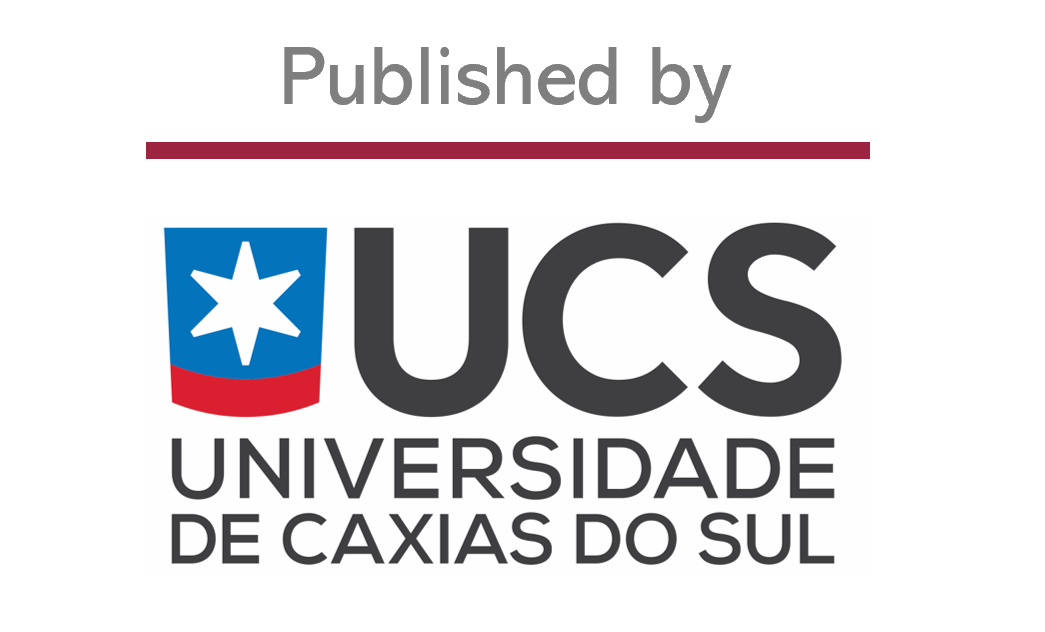Environmental waste management in a School Hospital and in a Laboratory of Human Anatomy of a University
DOI:
https://doi.org/10.18226/23185279.v1iss1p19Abstract
The scientific and professional activities developed in a Hospital School and a Laboratory of Human Anatomy of a university can generate parallel, chemical residues from various degrees of dangerousness, which may require physical treatment and / or suitable chemical, before being sent to final destination. The General Hospital (GH) generates monthly 10 L of xylenes and 50 L of glutaraldehyde to provide ass instance to their patients. Already the Laboratory of Human Anatomy of University de Caxias do Sul (AL-UCS) uses more than 10,000 liters for preserving corpses in tanks. The present study aims to analyze the chemical waste management of the GH and the AL-UCS and propose techniques for recovery and reuse of chemicals formaldehyde, glutaraldehyde and xylenes, minimizing the impacts generated by the use, often indispensable and sometimes questionable, of such waste. So far two sets of samples were collected (in March and April 2013) of xylene, glutaraldehyde and formaldehyde in the GH and also at the AL-UCS and it is intended to repeat the collections with monthly periodicity, in the next two semesters. Partial results show that, comparing the relationship of area and the medium areas of the chromatographic (in µV. s) of patterns with compounds of interest, an increase in the percentage of formaldehyde relative to the samples in standard formalin (121.84%) may be due to contamination with organic compounds with a retention time close to the compound of interest, the xylene was little degradation in the samples, indicating that this compound can be reused in the common procedures of healthcare institutions, with respect to glutaraldehyde significant degradation was observed for the compound in samples represents only 61.88% of the chromatographic peak area of the standard, therefore the reuse of these compounds may require the use of purification methods such as simple distillation and fractional distillation.
Downloads
Published
How to Cite
Issue
Section
License
Copyright (c) 2013 Kira Lusa Manfredini, Irajá do Nascimento filho, Vania Elisabete Schneider

This work is licensed under a Creative Commons Attribution 4.0 International License.
Declaração de originalidade e cessão de direitos autorais
Declaro que o presente artigo é original, não está sendo tendo sido submetido à publicação em qualquer outro periódico nacional ou internacional durante o processo de revisão. Através deste instrumento, em meu nome e em nome dos demais co-autores, porventura existentes, cedo os direitos autorais do referido artigo à revista SCIENTIA CUM INDUSTRIA. Contudo, a reprodução total ou parcial impressa ou eletrônica pode ser feita desde que o autor comunique oficialmente à revista. Declaro estar ciente de que a não observância deste compromisso submeterá o infrator a sanções e penas previstas na Lei de Proteção de Direitos Autorias. Declaro estar ciente de que a não observância deste compromisso submeterá o infrator a sanções e penas previstas na Lei de Proteção de Direitos Autorias (Nº9610, de 19/02/1998).





